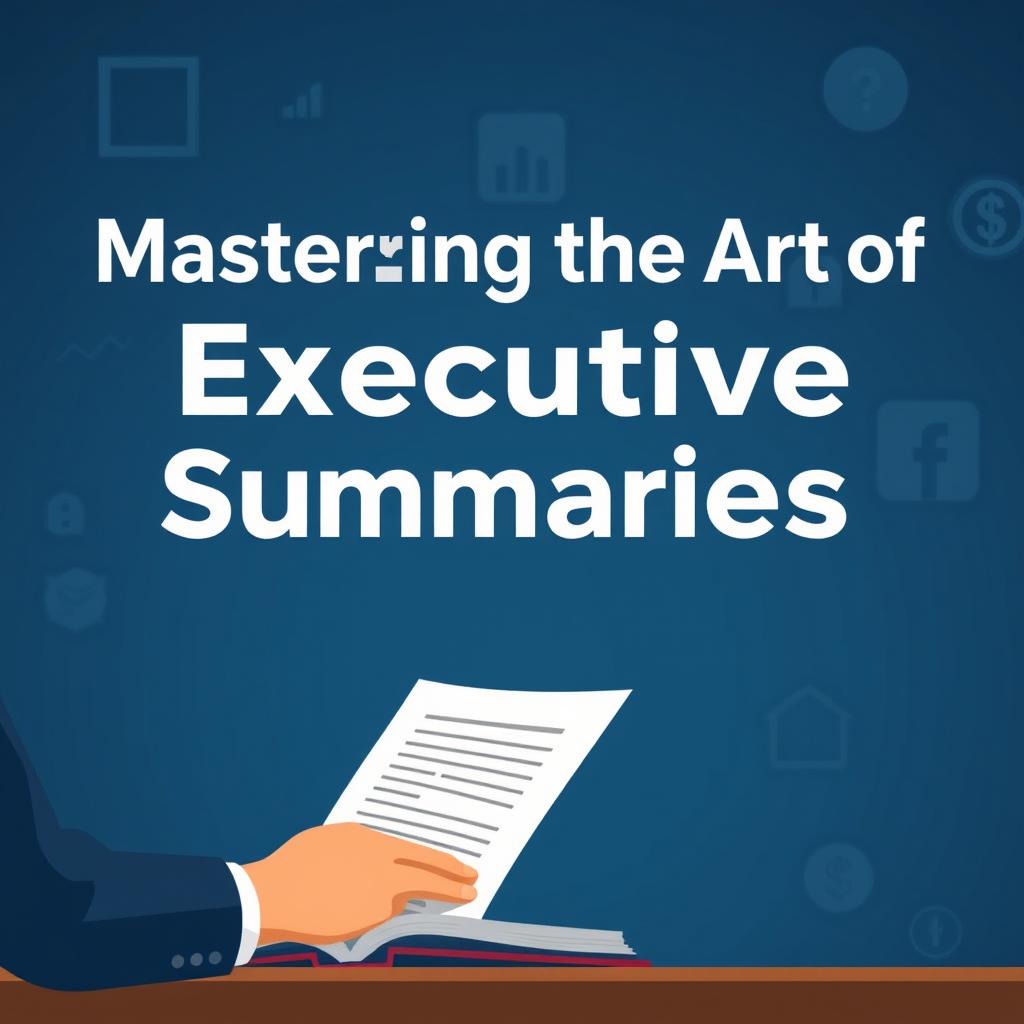Mastering Professional Communication: Best Practices for Clear and Effective Writing
Estimated Reading Time: 5 minutes
- Understand the key principles of professional writing.
- Adopt best practices for clear and concise communication.
- Utilize structured formats for effective messaging.
- Recognize the benefits of professional writing in business.
- Explore resources to enhance your writing skills.
Table of Contents
- Introduction
- Best Practices for Professional Writing
- Examples and Templates
- Advantages of Professional Writing
- Call to Action
- FAQ
Introduction
In today’s fast-paced business environment, effective communication is paramount. Whether you’re drafting an important email, crafting a report, or creating content for your company’s blog, your writing not only conveys information but also shapes your professional image. Professional communication has evolved over the years, influenced heavily by advancements in technology and changing workplace cultures. As we adapt to these innovations, a common challenge emerges: how to craft messages that are clear, concise, and engaging amid a sea of distractions.
Many professionals struggle with the nuances of tone and clarity. Miscommunication arises from poorly constructed emails, overly complex reports, or ambiguous messaging in social media posts. These challenges can lead to misunderstandings, missed opportunities, and damaged relationships. Thankfully, adopting best practices in professional writing can address these issues, making communication more effective and productive.
The rise of digital communication has transformed our interactions. We now have a plethora of platforms—emails, social media, instant messaging—that require us to fine-tune our writing skills for varied audiences. Today’s professionals must be adept at crafting messages that not only inform but also engage and persuade. Whether you’re writing for clients, colleagues, or an online audience, understanding the principles of professional writing is essential.
At professionalizeitto.me, we recognize the importance of honing these skills. In this post, we’ll explore actionable tips for writing effectively, showcase examples, discuss the benefits of professional writing, and equip you with the tools you need to elevate your written communication.
Best Practices for Professional Writing
-
Be Clear and Concise
- Get to the Point: Start with your main message. Avoid unnecessary jargon or filler words which can dilute your message.
- Action Steps: Use bullet points or numbered lists to highlight key information and actionable items, making it easier for your audience to digest.
Example: Instead of saying, “We would like to suggest that you consider starting the project in the upcoming quarter,” say, “Let’s start the project next quarter.”
-
Know Your Audience
- Tailor your tone and language to fit your audience. For professional emails, maintain a formal tone, while casual communications can adopt a friendlier demeanor.
- Adjust your vocabulary and complexity based on your readers’ proficiency and familiarity with the subject matter.
Example: When writing to a technical team, use specific jargon they understand: “The software will be deployed using a microservices architecture.” In contrast, simplify it for non-technical stakeholders: “We will use a new software structure that allows us to update individual parts without affecting the whole system.”
-
Structure Your Message
- Use headings and subheadings to organize content logically. For longer documents, a table of contents can improve navigation.
- In emails, always include a subject line that succinctly describes the content, allowing recipients to prioritize their responses.
-
Polish Your Tone
- Write in a tone that reflects professionalism and approachability. Use active voice to create a sense of urgency and clarity.
- Be courteous. Implement phrases like “Could you please…” or “I appreciate your help with…” to foster positive interactions.
Example: Instead of saying, “Please send me the report,” say, “Could you please send me the report by Friday? I would appreciate it.”
- Edit and Proofread
Examples and Templates
To illustrate effective professional writing, consider the following examples:
Email Invitation:
Subject: Invitation to Our Annual Strategy Meeting
Dear Team,
I am pleased to invite you to our Annual Strategy Meeting on March 15th, 2023, at 10 AM via Zoom. We will discuss our objectives for the upcoming year. Please find the agenda attached. Let me know if you have any questions.
Best,
[Your Name]
Meeting Agenda Template:
- Meeting Title: [Insert Title]
- Date & Time: [Insert Date & Time]
- Location: [Insert Location/Online Link]
- Attendees: [List of Participants]
- Agenda:
- [Topic 1]
- [Topic 2]
- [Discussion/Q&A]
Providing structured formats like the agenda template not only saves time but also ensures a consistent approach across communications.
Advantages of Professional Writing
Investing in professional writing offers manifold benefits:
- Improved Clarity: Clear writing reduces misunderstandings. Clarity leads to effective communication, significantly enhancing collaboration and teamwork.
- Enhanced Credibility: Well-written communications reflect professionalism and competence. They build trust with clients, colleagues, and stakeholders, positioning you as a reliable authority in your field.
- Better Engagement: Engaging and concise messaging keeps your audience’s attention, encourages dialogue, and fosters greater participation in discussions.
Studies show that organizations with effective communication practices enjoy a 47% higher return on shareholder equity. Moreover, poor communication costs businesses millions annually in inefficiencies and errors—key reasons why investing in professional writing makes sense.
Call to Action
Ready to elevate your professional writing skills? Visit professionalizeitto.me for invaluable resources tailored for you. We offer personalized AI support, interactive workshops, and extensive templates to help refine your communication style.
Explore our articles, subscribe to our newsletter for more actionable insights, and consider booking a consultation to identify and overcome your specific communication challenges. Take the first step towards mastering professional writing today!



